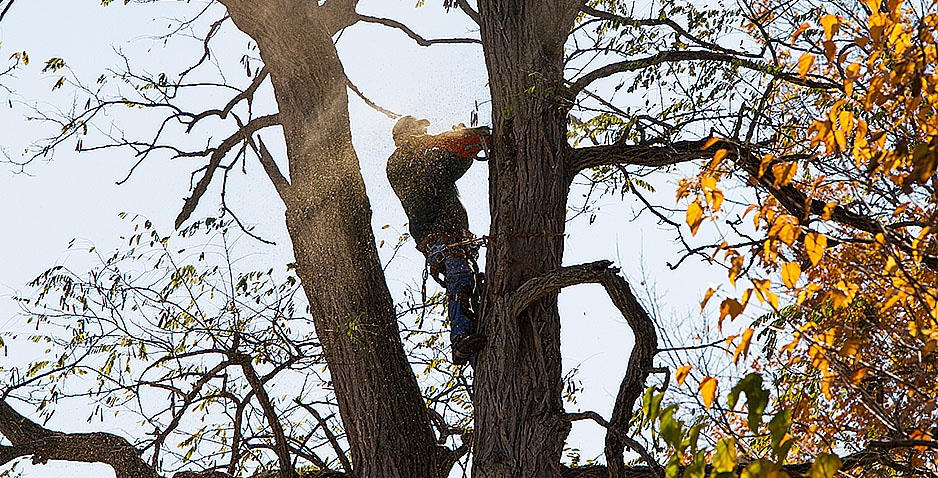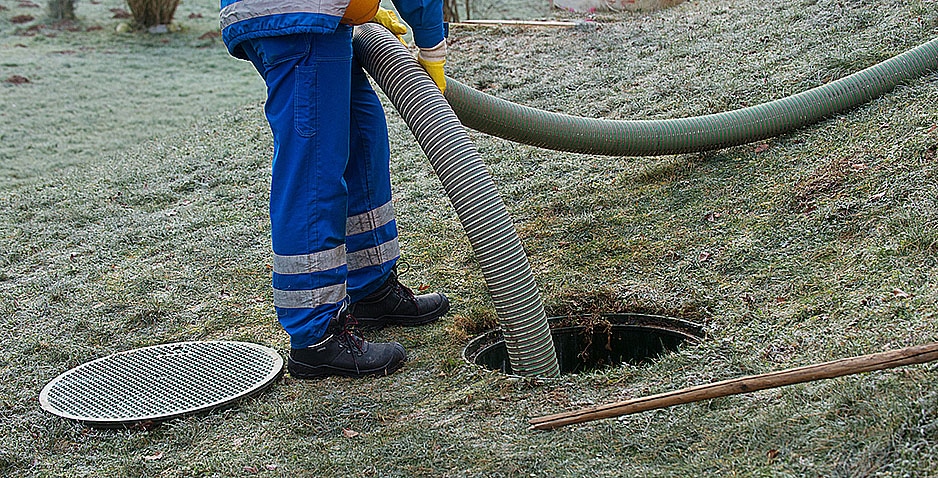Trees are of many benefits to us but they can also be a hazard if whole tree lines or limbs fall on houses, cars, power lines, or people. However, weakened and older trees have a chance of dropping branches and they cause risks. An emergency tree removal is needed in such case which can help you get rid out of the hazard, but first it’s necessary to recognize the tree risk.
How To Recognize a Tree Risk?
Most of us know that trees are very necessary and they have many benefits to our cities and areas, but when they fall they can cause damage to the properties or injure the people. Realizing and recognizing the risks related to the trees can keep you safe from tree hazards and also prolong the life of your property. You should also know that you must find a tree service if you know that a tree can be harmful. Following are the things that you should know about a tree hazard:
What Causes a Tree to Fall?
A tree is hazardous when it has a structural defect. A structural defect can cause the tree to fall on the whole or a portion to fall. Some of the trees look like they are about to fall while other tree failures are totally unpredictable. Thus, it is imperative that you analyze and inspect the trees especially after a heavy snowfall or heavy storms. Large trees are more likely to fall easily and are hazardous as compared to the small trees. Pay attention to the following things to see if there is any potential hazard:
- Improper pruning
- Tree health
- Site conditions
- Tree defects
- Targets
Inspect the Crown
The form of the tree and the crown vigor indicate the health of a tree. If you find V-shaped forks, you must know that they are weaker than the broad angled branches and forks. Lopsidedness and dieback are also indicators of a faulty tree. If stress is caused repeatedly on the branches in the upper crown they die out easily. Extended periods of drought, insect defoliation, or root disease can cause stress and affect the upper crown. If the stress is eliminated on time, the tree can recover from dieback. Lopsided trees can be hazardous if they are present above the target.
Observe the Trunk
The major cause of a tree fall is because of the tree trunk. When a fungus occurs, they weaken the wood and the trees bend and start swaying. If there is a sign of decay present, it is a sign that the tree is not flexible and can break any time. Also, wounds and cankers are types of tree defects which can cause tree failure when they enlarge. A hollow tree is not a potential hazard and it isn’t related to a tree fall.
Know These Signs
If you want to avoid a tree hazard, you must know these signs that can be a potential hazard. These signs will also help you decide whether you need to find a tree service or not. If you find any of these signs, you should hire an emergency tree removal service:
- The canopy is unbalanced or sparse or has many dead branches.
- There are multiple tree trunks that are prone to breaking.
- The tree is leaning. There are many times when the three doesn’t grow properly but leans, this can be problematic if there is a target nearby.
- The soil at the base of the tree is heaving, buckling or crackling. This also indicates that there is a root problem.
- The trunk has decayed areas, cavities and cracks. There might be structural problems if there are large pockets. Vertical cracks on the sides of the tree can be extremely dangerous too.
- There is a sign of root decay which can occur due to fungi (mushrooms).
- When in Doubt, Call a Tree Service
If you aren’t able to recognize a tree failure or hazard but you feel there is something wrong with the tree, you can call an emergency tree removal service right away. If there is a faulty or hazardous tree right above the target such as your property, you must find a tree service and get rid of the problem so that any type of danger is avoided.



